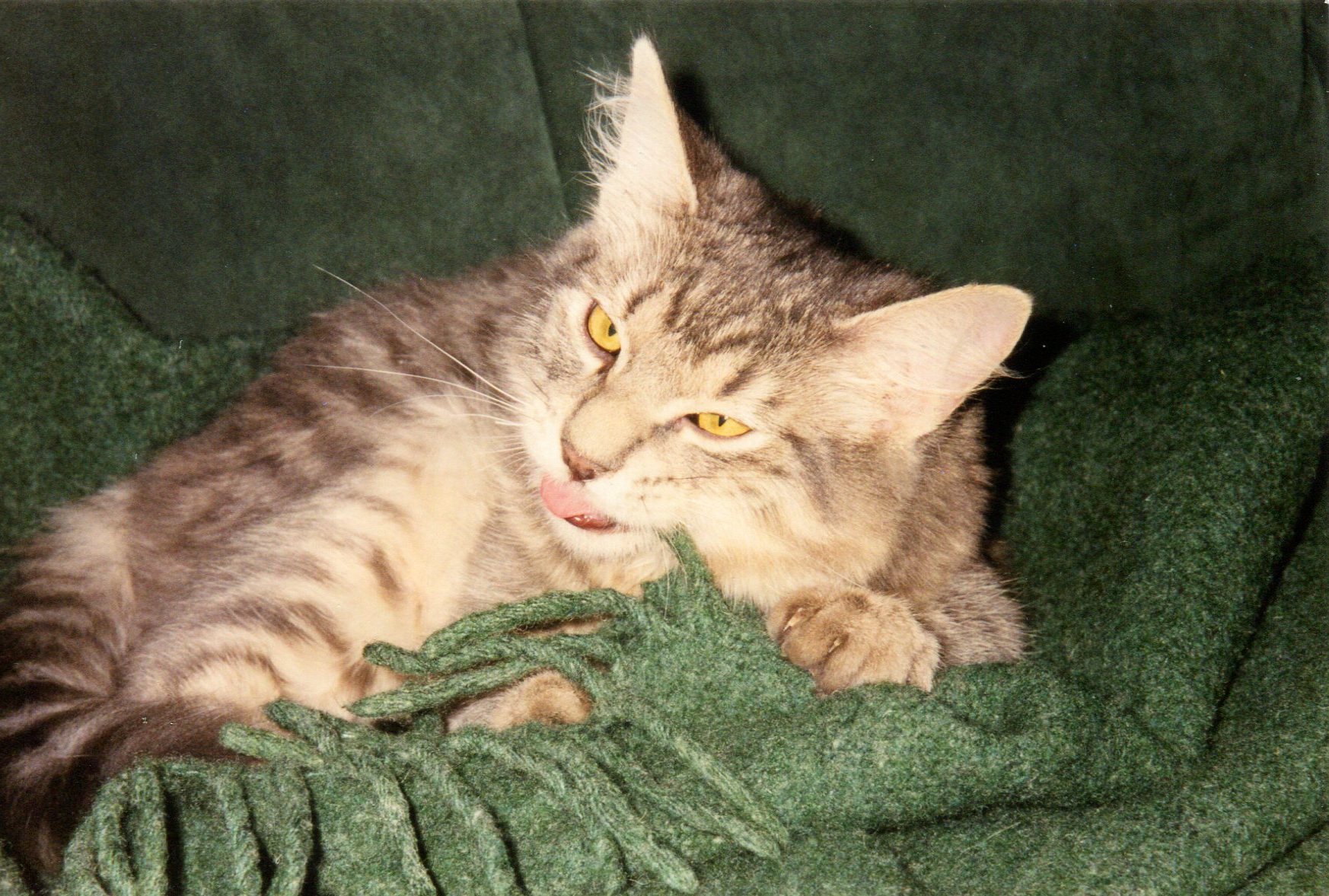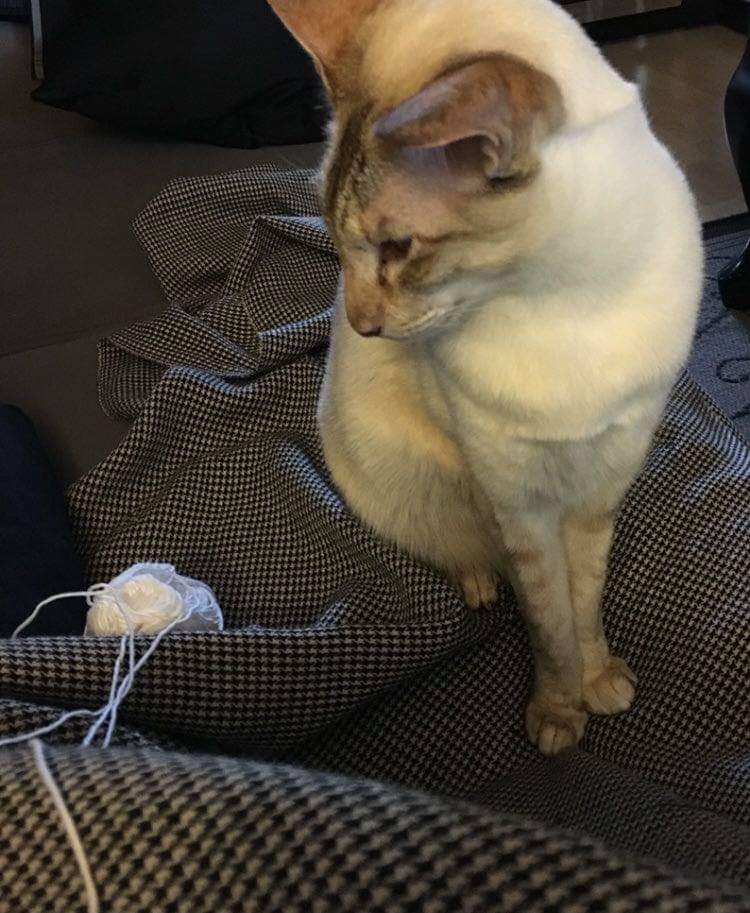Obsessive-Compulsive Disorder (OCD) in cats is a behavioral disorder where a cat will engage in repetitive, exaggerated behaviors that do not appear to have a purpose. OCD can show itself in many ways. Cats may engage in over grooming, excessive licking, or the pulling out of hair. Over grooming often results in a hair loss condition called Feline Psychogenic Alopecia. Most cats with alopecia or pica have an underlying skin disorder that must be treated, so if you notice a change in your cat’s grooming routine, take the animal to the vet immediately. Skin conditions that may result in alopecia include fleas or other external parasites, flea bite hypersensitivity, and allergic reactions. Alopecia may also indicate more serious problems, such as infections and dysfunction of internal organs. In cases where we can rule out underlying medical issues, alopecia is a behavioral problem caused by anxiety. It is commonly triggered by sudden changes to the cat’s environment, daily routines, or by the loss of a long-time companion (feline or human)


Like dogs, cats can suffer from separation anxiety—a fact that comes as a surprise to many cat owners. Being apart from their special human companions for long periods every day can impact the emotional and psychological well-being of a cat to the point where they might stop eating or develop OCD. Compulsive behaviors can include everything from repetitive vocalization/meowing, repeated pacing, and tail chasing to constant chewing or sucking on wool and other fabric. Pacing and tail-chasing sometimes signal boredom in under-stimulated indoor cats but can also be caused by anxiety. Wool sucking and fabric chewing are typically signs that a cat has been removed from the mother cat too early and subjected to abrupt or too-early weaning. Ingesting excessive amounts of fur is not healthy for a cat and may lead to intestinal problems. It is also important to note that certain breeds may be predisposed to behavioral compulsions. The Siamese and other Asian breeds commonly exhibit repetitive meowing and fabric-chewing behavior.
To reduce your cat’s OCD, it is important to determine the course of the problem. The first step would be to take your cat to the vet and rule out any underlying medical reasons. Once you and your vet have established that your cat’s OCD is behavior-related, Smiling Kitty can help! Our expert behavior modification plans will address the root of the problem and suggest ways to fix it. We will guide you through the process of calming your cat, train them to be home alone, and show you how to modify your daily routines to alleviate cat boredom and anxiety. Contact us here to make an appointment!
You can also book a Kitty Spa Day for your cat through Smiling Kitty and have our expert cat behaviorist give your cat special love and attention. Read more here!
